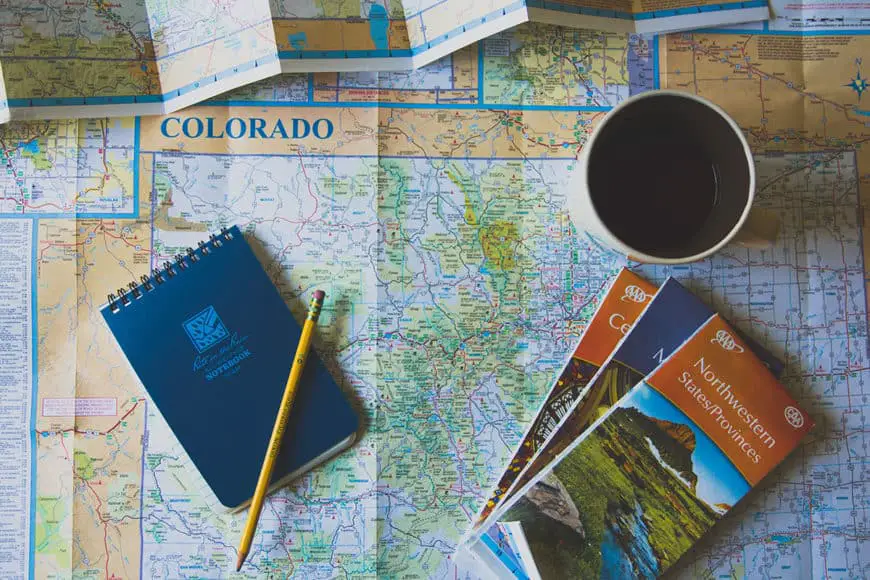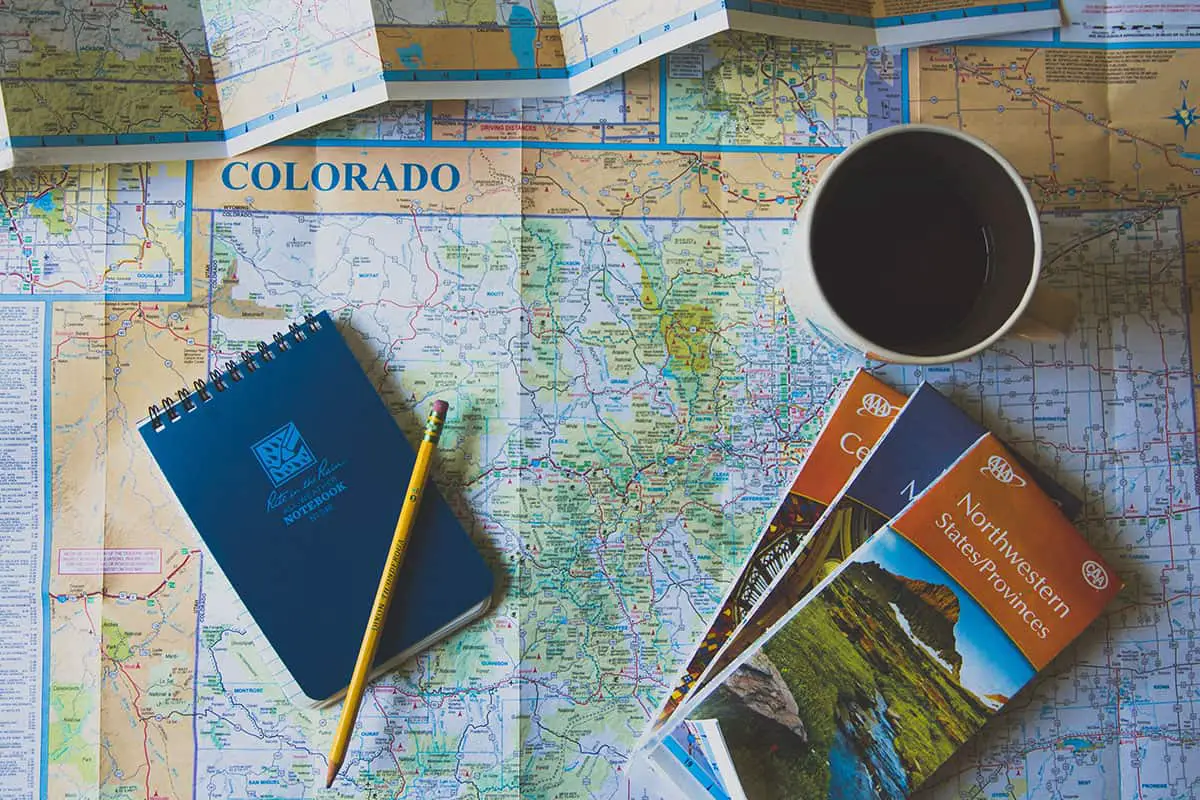
Picture this: you’re on a road trip through breathtaking landscapes or stuck in a hotel with only instant coffee packets for company. As a coffee lover, you know a mediocre cup just won’t cut it. The good news? With the right portable coffee gear, you can brew a fantastic cup anywhere—whether you’re on a plane, at a campsite, or in a bustling airport.
This guide walks you through everything you need to make great coffee while traveling, from choosing fresh beans to mastering compact brewing methods. Let’s dive in and elevate your travel coffee game.
Why Fresh Coffee Beans Are Non-Negotiable
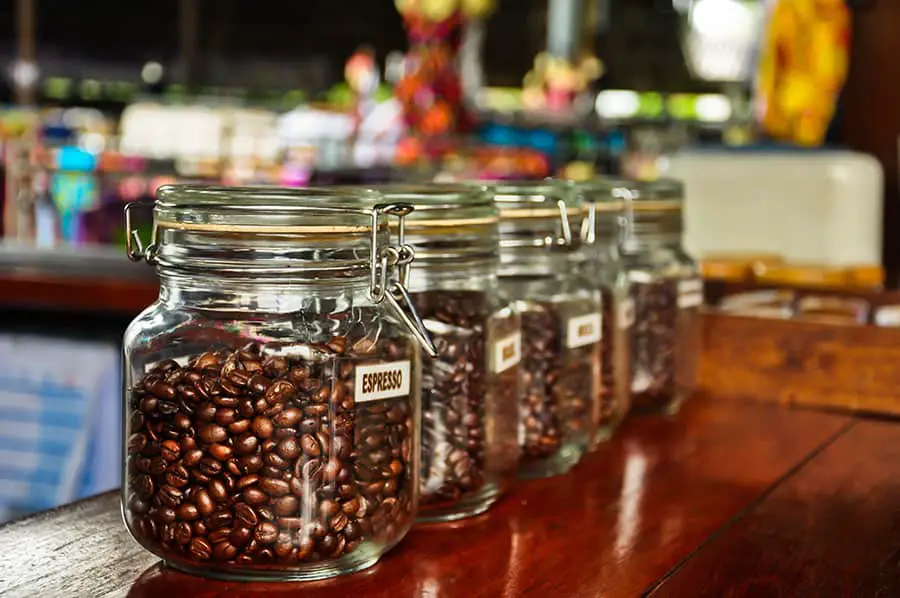
The foundation of any great cup is fresh roasted coffee. Beans roasted within 3 to 5 days offer peak flavor, delivering nuanced notes like the chocolatey richness of a Brazilian blend or the floral brightness of a Kenyan varietal. Stale or store-bought coffee simply can’t compete, so prioritize freshness above all else. If you’re near a local roaster, swing by to explore their offerings and ask about roast dates. No roaster nearby? Online retailers like Volcanica Coffee or subscription services like Bean Box deliver freshly roasted beans to your door. Always check the roast date before buying—most reputable sellers list it clearly.
Once you’ve got your beans, proper storage is key. Exposure to air, light, heat, or moisture can dull those vibrant flavors through oxidation. Skip the Ziploc bag and invest in an airtight container like the Airscape, which seals out air and keeps beans fresh for weeks. This small step ensures your coffee tastes just as good on day 10 of your trip as it did on day one.
Grinding On the Go: Why It Matters
Grinding your coffee just before brewing is a game-changer. Pre-ground coffee loses its aroma and flavor compounds within hours, leaving you with a flat-tasting brew. A portable burr grinder is your best friend here, offering consistent grinds without the bulk of electric models. Manual grinders like the Porlex Mini are lightweight, compact, and perfect for travel—whether you’re backpacking or boarding a flight. They don’t require electricity, making them ideal for remote locations. Aim for a medium-fine grind for AeroPress or a coarser grind for French Press, and always grind right before you brew to preserve those delicate flavors.
Mastering the Coffee-to-Water Ratio
Getting the coffee-to-water ratio right is crucial for a balanced cup. A standard starting point is 1:16—one gram of coffee for every 16 grams of water—but you can tweak this based on your taste. Stronger brews might call for a 1:14 ratio, while lighter ones might lean toward 1:18. For frequent travelers, a compact digital scale like the Hario Drip Scale ensures precision, even in a cramped hotel room. If lugging a scale feels like overkill, pre-measure your whole beans at home and store single servings in small airtight bags. This hack saves space while keeping your ratios consistent on the road.
Heating Water Anywhere
Water temperature can make or break your brew. Ideally, you want water between 195°F and 205°F to extract the best flavors without scorching the coffee. At home, this is easy, but on the road, it’s trickier. A portable electric kettle like the Bonavita Mini is a lifesaver—light, durable, and compact enough for carry-on luggage. If you’re in a pinch (say, at a hotel with only a coffee maker), heat water to boiling and let it cool for 30 seconds to hit the right range. Water quality matters too. If possible, use filtered or bottled water to avoid the off-tastes of tap water in unfamiliar places.
Choosing the Perfect Travel Mug
Your favorite ceramic mug might be a star at home, but it’s too fragile and heavy for travel. A high-quality travel mug keeps your coffee hot, prevents spills, and withstands the rigors of the road. Stainless steel options like the Yeti Rambler or Hydro Flask are durable, leak-proof, and designed for easy sipping without burns or spills. Avoid cheap mugs with flimsy lids or rubber parts that wear out quickly. A good travel mug not only enhances your drinking experience but also keeps your coffee at the perfect temperature, whether you’re hiking or navigating a layover.
Portable Brewing: AeroPress vs. French Press
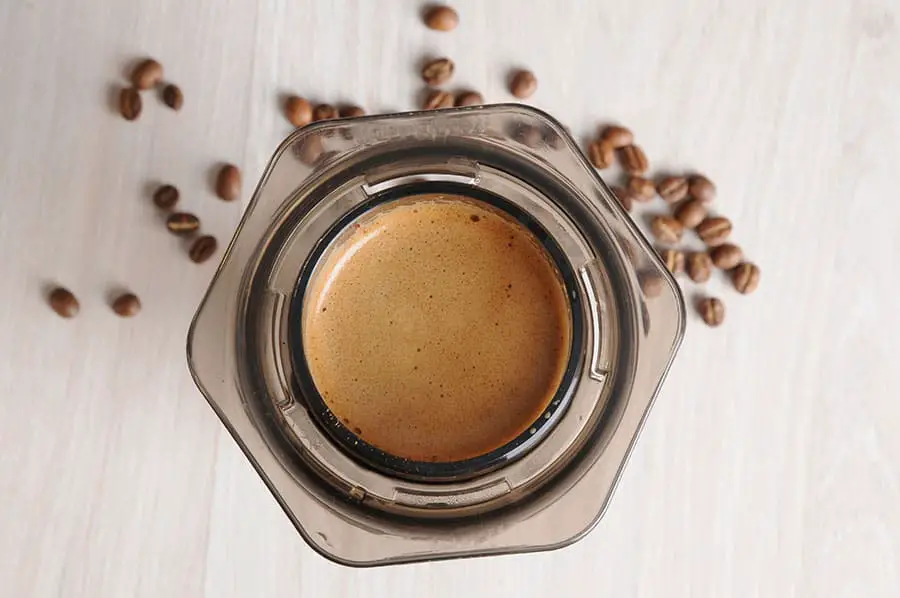
When it comes to brewing coffee on the go, two methods stand out: the AeroPress and the French Press. Both are portable, user-friendly, and deliver exceptional coffee, but they cater to slightly different preferences. Below, we compare their key features to help you decide which suits your travel style.
| Feature | AeroPress | French Press |
|---|---|---|
| Size & Weight | Compact, lightweight (6.4 oz) | Larger, heavier (12-16 oz, depending on model) |
| Durability | Plastic construction, very durable | Glass models prone to breaking; opt for stainless steel |
| Brew Time | 1-2 minutes | 4-5 minutes |
| Taste Profile | Clean, smooth, espresso-like | Rich, full-bodied with coffee oils |
| Ease of Cleaning | Quick rinse, minimal parts | More parts, grounds can stick to mesh |
| Best For | Solo travelers, quick brews | Groups, leisurely brewing |
AeroPress: The Speedy All-Rounder
The AeroPress, invented by the creator of the Aerobie frisbee, is a marvel of simplicity. This plastic syringe-like device brews coffee in under two minutes, making it ideal for travelers who value speed and versatility. To use it, place a paper filter in the cap, add 15 grams of medium-fine ground coffee, and pour 240 grams of hot water (195°F-205°F). Stir for 10 seconds, then let it steep for 30 seconds. Press the plunger down slowly over your travel mug for 20-30 seconds to extract a smooth, espresso-like coffee. Cleanup is a breeze—just pop out the used coffee puck and rinse. Its compact size and durability make it a favorite for flights, camping, or hotel stays.
French Press: The Classic Choice
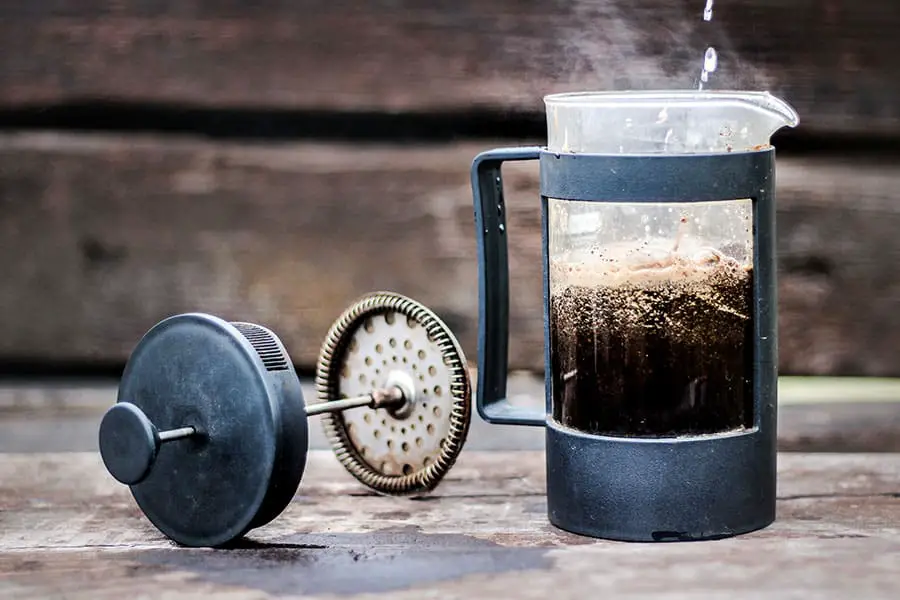
For those who crave a bold, full-bodied cup, the French Press is hard to beat. Its mesh filter allows coffee oils to shine, delivering a richer flavor than paper-filtered methods. To brew, add 15 grams of coarsely ground coffee to the carafe, pour 240 grams of hot water, and stir gently. Let it steep for 4 minutes, then press the plunger down slowly to separate the grounds. Opt for a stainless steel model like the Le Creuset Travel French Press to avoid breakage, and choose a size that matches your daily coffee needs (e.g., 12 oz for solo drinkers, 34 oz for groups). While it’s slightly bulkier than the AeroPress, it’s perfect for relaxed mornings at a vacation rental or group trips.
Packing Smart for Coffee on the Go
Traveling with coffee gear doesn’t mean overstuffing your suitcase. Choose compact, durable items like the Porlex Mini grinder and Bonavita Mini kettle, which fit easily in carry-on luggage. Pre-measure your coffee into small airtight bags to save space and simplify brewing. If you’re tight on room, consider a 2-in-1 option like a French Press travel mug, which combines brewing and drinking in one device. Pack your gear in a padded bag to protect it during transit, and always check airline regulations if you’re flying with a kettle or metal grinder.
Final Thoughts: Your Perfect Travel Brew
Brewing great coffee while traveling is easier than you might think. Start with fresh roasted beans and grind them just before brewing to unlock vibrant flavors. Pair that with a portable brewer like the AeroPress or French Press, a reliable travel mug, and a compact kettle, and you’re set for a stellar cup anywhere. Whether you’re chasing sunrises on a road trip or surviving a long layover, these tools will transform your coffee experience. Once you taste the difference, you’ll never settle for diner or hotel coffee again. Happy brewing!

